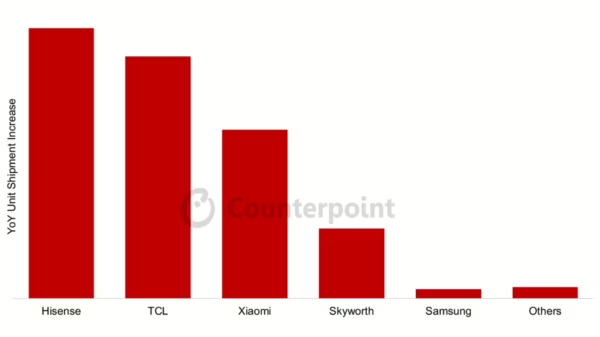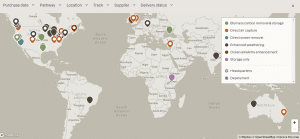A new non-opioid painkiller has emerged as a potential alternative for managing severe acute pain, yet many individuals are struggling to access it due to high costs and inconsistent insurance coverage. This medication, which became available in the market in early 2024, presents a promising solution to the ongoing opioid crisis but raises concerns about affordability and availability.
The introduction of this painkiller comes at a critical time when opioid misuse has reached alarming levels globally. According to the World Health Organization, opioids were involved in approximately 500,000 deaths worldwide in 2021, highlighting the urgent need for safer alternatives. The new drug aims to provide effective pain relief without the addictive qualities associated with opioids.
Despite its potential, the financial implications of the new painkiller could limit its reach. Reports indicate that it is significantly more expensive than traditional opioid medications, which has prompted discussions about its viability for widespread use. Healthcare providers are expressing concern that the high costs could deter patients from seeking treatment.
Insurance Coverage Issues
One of the primary barriers to access is the inconsistent coverage offered by health insurers. Many patients find that their insurance plans either do not cover the new painkiller or impose high out-of-pocket costs. According to a survey by the National Pain Foundation, over 60% of respondents reported difficulties in obtaining this medication due to insurance restrictions.
Patients in need of pain management are often caught in a difficult situation. While the new painkiller offers an alternative to opioids, the financial burden may lead some to continue relying on opioid prescriptions. This dynamic raises questions among healthcare professionals about how to balance effective pain management and the risk of addiction.
Pharmaceutical companies behind the new painkiller are under pressure to address these accessibility issues. Some industry experts suggest that more collaboration with insurers could help bridge the gap between innovation and patient access. By advocating for better coverage policies, manufacturers can contribute to ensuring that those in need receive the medication without facing financial hardship.
Future Implications for Pain Management
As the medical community continues to evaluate the role of the new painkiller, its success could pave the way for further advancements in non-opioid pain relief. Health professionals are hopeful that increased awareness and demand will drive changes in insurance practices, ultimately benefiting patients.
In the coming months, it will be critical to monitor how insurers respond to the market introduction of the new drug. If coverage expands or costs decrease, more patients may find relief without the risks associated with opioid use.
In summary, while the new non-opioid painkiller represents a significant stride in pain management, its accessibility remains a pressing concern. The balance between innovation and affordability will dictate its success in the healthcare landscape, impacting countless individuals seeking effective pain relief.





























































